According to Carrie Luxem, author of Soft Skills Playbook, “People think they’re good at [conflict management]—they’re not.” Conflict is something most of us experience on a near-daily basis in our lives. As a manager within your organization, managing that conflict is a key soft skill to have, as your ability to resolve conflict will set the tone for employees within your organization.
5 Conflict Management Styles
How you approach a conflict is determined by the situation – there is no one solution that will solve every conflict within your organization. While you may gravitate toward one specific style, it’s important to be able to assess each situation objectively and apply the solution that would best lead toward resolution. Here are the five main conflict management styles, along with advantages and disadvantages of each:
- Accommodating: This conflict management style involves allowing one side to win over the other. Typically used for smaller, minor conflicts, by being accommodating you’re acknowledging that the issue isn’t worth creating a larger conflict.
- Advantages: This style allows you to handle small conflicts quickly and easily and emphasizes relationships.
- Disadvantages: Your management style could be viewed as weak if you’re accommodating too often, and employees could take advantage of you.
- Avoiding: One way to address conflict is to avoid it altogether – by reassigning employees who are not getting along or pushing back a deadline that’s creating conflict. This could also be a good option if you just need time to step back and think of a better solution.
- Advantages: Gives employees time to cool down. It can also help to preserve working relationships.
- Disadvantages: Conflicts remain unresolved and can potentially make problems worse if they’re avoided for too long.
- Compromising: In using this style, you’re seeking to find middle ground and come to terms everyone can agree upon. If all sides are willing to compromise, you can preserve the working relationships and continue moving towards the common goal.
- Advantages: Maintains relationships and allows both parties to feel heard. As a manager, you are seen as being hands-on for facilitating the agreement.
- Disadvantages: No one completely gets what they want, and some sides could feel that they were forced to give up too much in the compromise.
- Competing: In a competing conflict management style, one side refuses to back down until they get their way. This style should be used sparingly – despite resolving conflicts quickly, one side will feel slighted and there’s a higher risk of decreased morale.
- Advantages: This is one way to demonstrate managerial authority and show there is no room for disagreement or discussion.
- Disadvantages: Frequently handling conflicts this way could lead to unhappy and less productive employees. It could also breed hostility and resentment.
- Collaborative: Resolve the conflict by finding a solution that is agreeable to all sides, where everyone’s needs and wants are considered. This solution often produces the best long-term results, though it may take longer to reach a solution.
- Advantages: All sides get what they want and walk away happy. Can also encourage teamwork and build relationships.
- Disadvantages: This process can be extremely time-consuming, affecting deadlines or other priorities.
Managing Conflict Effectively
Resolving conflict is an important responsibility for anyone in a leadership position. Regardless of the style of conflict management you select, be sure to manage the situation professionally. When managed effectively, conflict can create positive growth for your team and your organization. Remain calm and keep an open dialogue with all parties. Try not to take sides – even when it gets frustrating. If necessary, take time to research how the conflict originated; everyone is going to have their own point of view, and occasionally there may be a deeper issue at stake.
Conflict Management and the Culture of Convenience
Conflict management is something everyone can improve upon. For more on conflict management, check out the Culture of Convenience episode 92, Conflict Management: It’s a Tough Soft Skill.





